
CONTACTAbout UsCAREER OPPORTUNITIESADVERTISE WITH USPRIVACY POLICYPRIVACY PREFERENCESTERMS OF USELEGAL NOTICE
© 2025 Equal Entertainment LLC.
All Rights reserved
All Rights reserved
By continuing to use our site, you agree to our Privacy Policy and Terms of Use.
We need your help
Your support makes The Advocate's original LGBTQ+ reporting possible. Become a member today to help us continue this work.
Your support makes The Advocate's original LGBTQ+ reporting possible. Become a member today to help us continue this work.
The only thing that unifies people with HIV is that we have the ability to transmit the virus through blood, semen, vaginal fluid, or breast milk. That's it.
As reported in HIV Plus, one of these fluids from an HIV-positive person must come in contact with a mucous membrane or damaged tissue, or be directly injected into the bloodstream (from a needle or syringe), for HIV transmission to possibly occur. This is regardless of the social or cultural identity of either party. While this sounds like a basic biology lesson, this fact often falls by the wayside when we HIV-positive writers and activists start waxing poetic about the social and psychological components following infection by an otherwise run-of-the-mill and pointless-aside-from-its-own-replication virus like HIV. More importantly, the demographics surrounding HIV and AIDS indicate that the virus itself has no behavioral or moral motive behind its own transmission. Rather, HIV endures through human-to-human transmission through natural and expected human activities like having sex or doing drugs.
In the rarest circumstances, thankfully, a handful of folks contracted HIV through criminal or medical negligence. The majority of positive Americans, though, contracted HIV through some sort of voluntary sexual or drug behavior. In gay men, this typically means they had unprotected anal sex with another man. I believe that is how I infected myself with HIV. Personally, I guess that's how most every other gay man living with HIV infected himself too. Then again, because of the way HIV manifests its transmission, there is still the dubious possibility it could have been contracted through oral sex.
The Centers for Disease Control and Prevention distributes regular reports detailing precisely what HIV and AIDS look like from America's cultural, ethnic, and social viewpoints. In 2010 the CDC reported that HIV-positive males outnumber positive females by 600,000, but there are still nearly 300,000 HIV-positive women in America. Approximately 600,000 HIV-positive Americans assume they infected themselves with HIV through male-to-male sexual contact, but nearly 500,000 Americans assume they infected themselves with HIV through other contact including heterosexual sex or intravenous drug use (about 60,000 men in America used intravenous drugs in combination with male-to-male sexual contact, a fact a great number of more mainstream organizations and activists hate to acknowledge). And an overwhelming majority of Americans living with HIV or AIDS --730,000 people -- are Latino or African-American. Fewer than 400,000 HIV-positive folks in the United States are white.
So, as a white gay man who presumably got HIV through unprotected anal sex, I am sometimes in the majority, and sometimes in the minority of those living with HIV or AIDS, depending on which statistics you're considering. More important, though, is the fact that these statistics demonstrate how obviously diverse the HIV population is in the United States. More to the point, the only "poz club" that exists in America is one in which all the members, at one moment in time, behaved in a completely natural way. Through no fault of their own aside from merely behaving like a human being, these people got HIV.
Now, with modern, effective treatment, HIV-positive men and women enjoy a lifespan and quality of life rivaling that of their HIV-negative counterparts. Because of this, writers and activists now devote entire blogs, books, and magazines to navigating the psychosocial world through the lens of people living well with HIV. After all, now that we aren't dying en masse from opportunistic infections, we can worry about things like high blood pressure, diabetes, obesity, marriage, coupling, and sex -- you know, everything that everyone else on Earth worries about.
For gay, HIV-positive, writers and activists, our wise man, Mark S. King, identifies this epic cultural change through his lens as an HIV-positive (for nearly 30 years) gay man when he writes, "You can just imagine the frustration of the discerning gay man, no longer capable of telling the positive from the negative. Where's the comfort of stigmatizing someone when you can't tell who they are?" in his breathtakingly powerful essay "The Sound of Stigma."
Indeed, now that the lifespan of HIV-positive gay men now mirrors that of our HIV-negative peers (as long as we adhere to our medication and maintain an undetectable viral load), and we are generally unable to transmit HIV to men with whom we have even bareback sex, we are finally able to focus on being human instead of focusing, rightly and necessarily in the past, on simply staying alive.
This has led to some great confusion as to what HIV actually is.
Being HIV-positive does not come with a membership card. It does not create any chummy camaraderie with other HIV-positive individuals aside from the fact that we all experience the same issues surrounding navigating common situations and challenges around disclosure, medical care, health benefits, and civil, or better expressed as human, rights.
The commonalities and shared experiences among the HIV-positive stop there.
Outside of the typically drug-induced online fantasies of a few guys who really just need to go to bed, few gay men are self-described "bug chasers" and even fewer actually make genuine attempts at seroconversion. Conversely, and I'd argue more disturbingly than so-called "bug chasing," many gay men do express ambivalence toward seroconversion or a sense of the impending inevitability of becoming HIV-positive. As such, a subculture within the already subculture of gay men appears, mostly online, surrounding ambivalence toward becoming HIV-positive. Somehow, these individuals then express shock and dismay when they never receive the flier that the poz club is meeting after fourth period in the cafeteria. The fact is that we don't meet because the club doesn't even exist.
Indeed, this misplaced and misguided frustration at the sheer lack of a cultural bloc or identity creates incredible strife, consternation, and depression in many newly diagnosed HIV-positive gay men. Personally, I remember telling my doctor that I wished very much for a guidebook with all the answers titled Newly HIV-Positive? Here's How to Date, Have Sex, Tell Everyone, and More! The fact remains, however, that such a handbook does not exist because it simply cannot exist. Not every gay man has ever been ass up and high in a bathhouse, not every HIV-positive person has used intravenous drugs, not every HIV-positive woman is African-American or even straight. Not every HIV-positive gay man is single, not every HIV-positive African-American is monogamous and not every HIV-positive Latino speaks English. There are a wide array of unique experiences even among HIV-positive gay males, which demand solutions to ethical and social dilemmas that must come tailored to fit people on an individual basis.
The fact is that the poz club is an illusion. In reality, the club in which feeling discomfort around life's intricacies exists, and it has a large membership -- at last count, approximately 7 billion.
JOSH KRUGER is a writer and editor in Philadelphia. His regular column, The Uncomfortable Whole, explores what -- if anything -- is normal today in America and runs in Philadelphia Weekly, the city's largest alternative weekly newspaper.
CORRECTION: The op-ed was amended to make it clear that HIV can be transmitted through semen, vaginal fluids, and breast milk, as well as through blood, as the writer initially intended.
From Your Site Articles
From our Sponsors
Most Popular
Bizarre Epstein files reference to Trump, Putin, and oral sex with ‘Bubba’ draws scrutiny in Congress
November 14 2025 4:08 PM
True
Jeffrey Epstein’s brother says the ‘Bubba’ mentioned in Trump oral sex email is not Bill Clinton
November 16 2025 9:15 AM
True
Watch Now: Pride Today
Latest Stories
7 times Pete Hegseth was the definition of toxic masculinity
December 02 2025 5:46 PM
Man pleads guilty to murder of gay University of Mississippi student Jimmie 'Jay' Lee
December 02 2025 2:32 PM
Florida man partially paralyzed after neighbor allegedly shot him and used anti-LGBTQ+ slurs
December 02 2025 1:30 PM
Queer comedian Cameron Esposito has first baby with wife Katy Nishimoto
December 02 2025 12:49 PM
Trans National Guard employee in Illinois sues Trump over restroom ban
December 02 2025 11:59 AM
Oklahoma University instructor suspended for failing student’s unscientific anti-trans psychology essay
December 02 2025 11:03 AM
Here are all of Trump's political enemies that have been charged or investigated (so far)
December 02 2025 9:52 AM
Joe Biden to receive top honor at LGBTQ+ leadership conference for his contributions to equality
December 02 2025 6:00 AM
On World AIDS Day, thinking of progress and how to build on it in the face of hostility
December 01 2025 7:47 PM
Ex-Biden White House aide called out for implying Cory Booker’s new marriage is suspicious
December 01 2025 6:04 PM
True







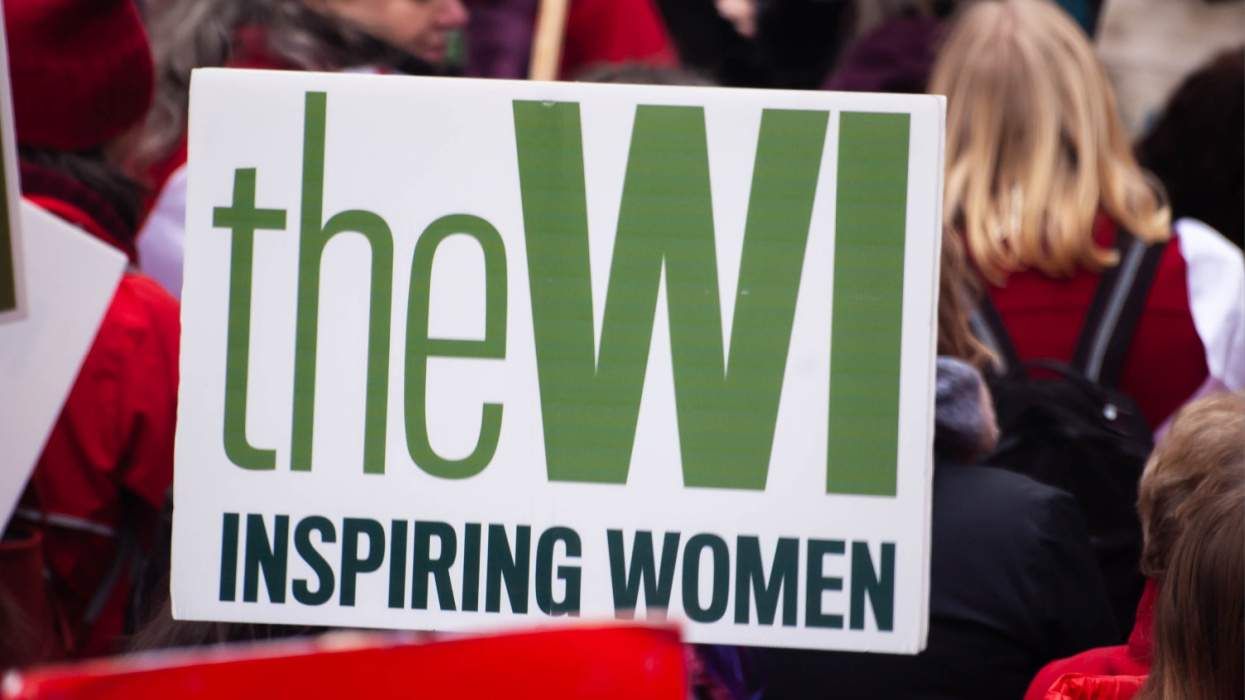


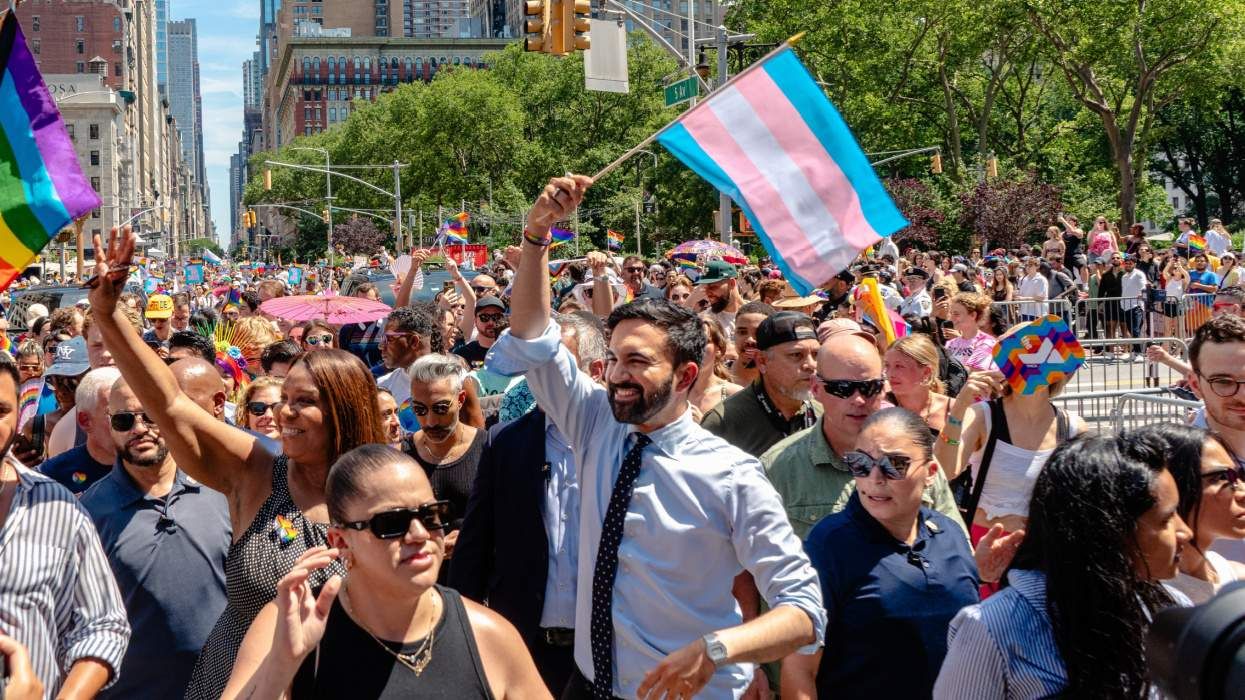

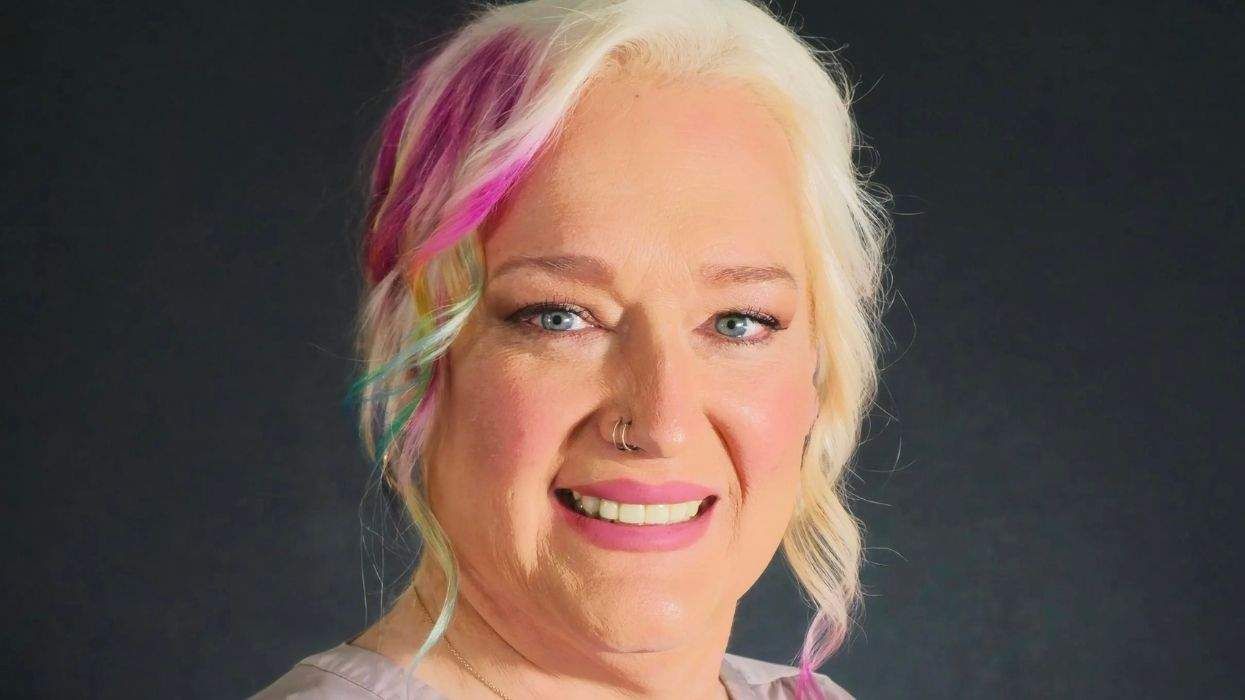
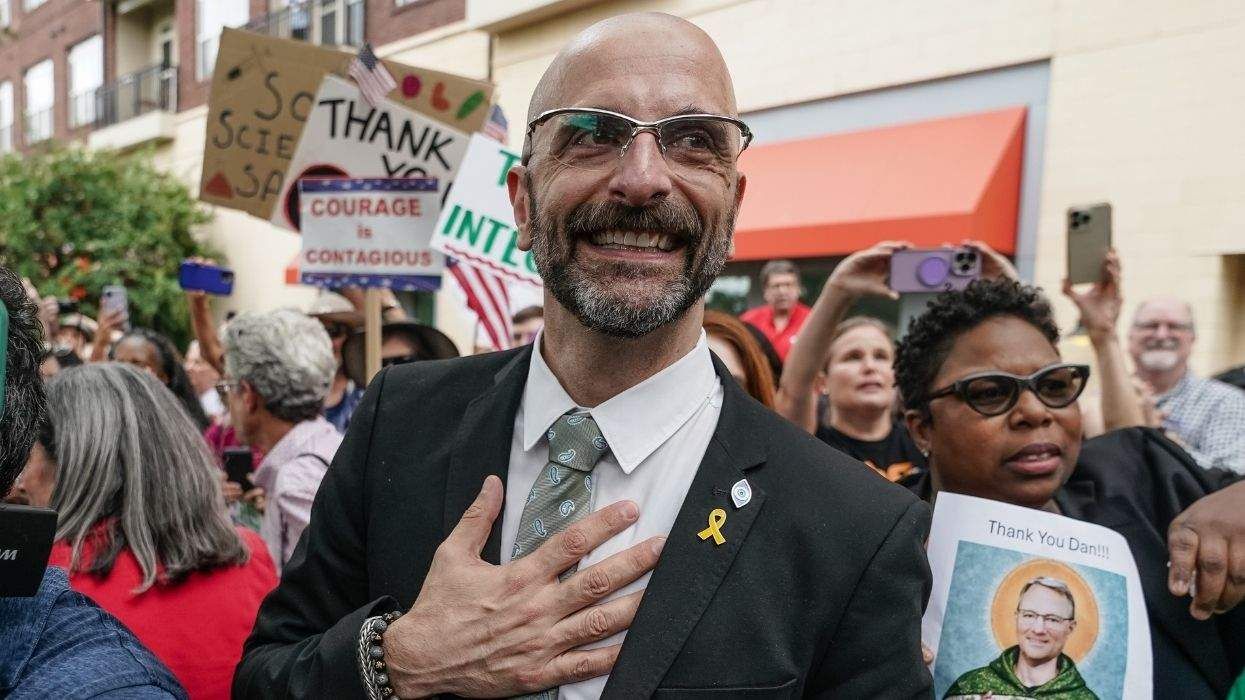




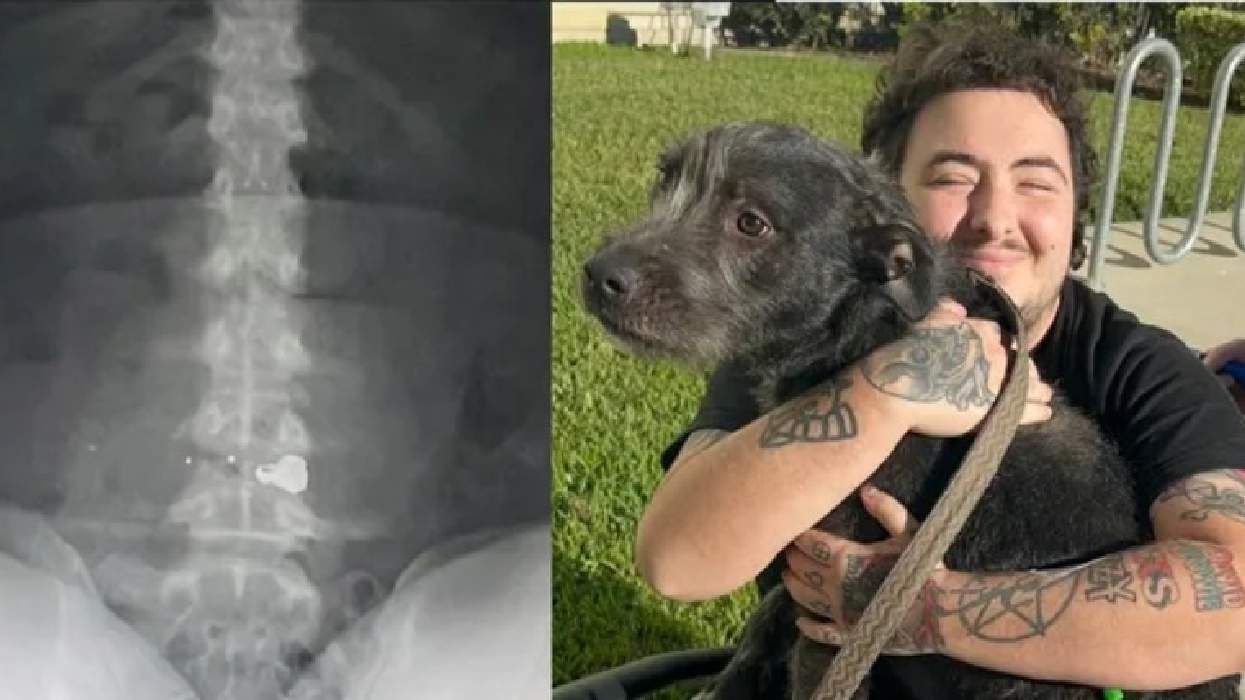

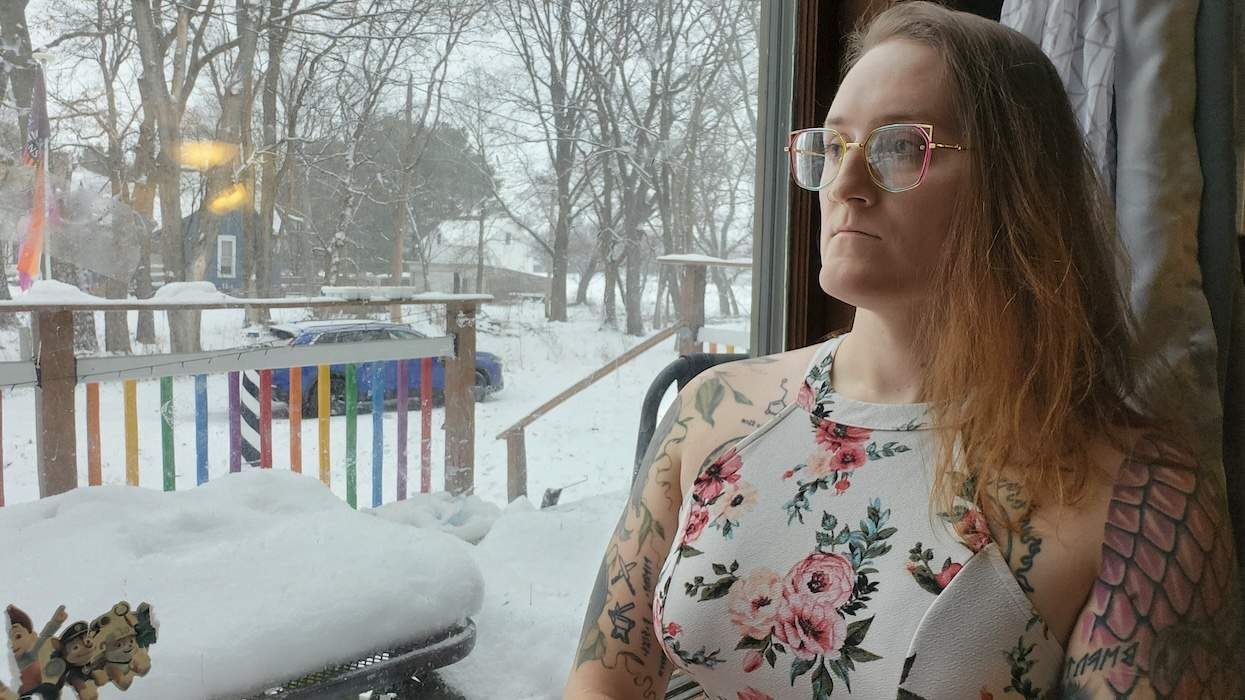




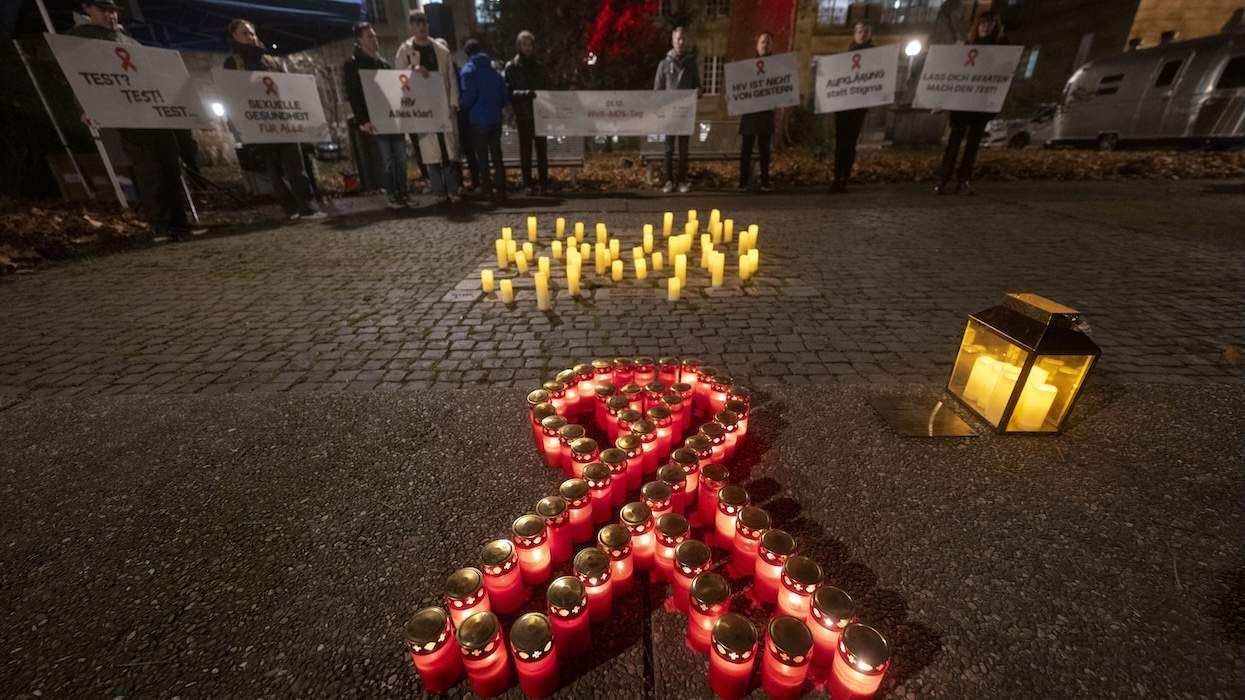
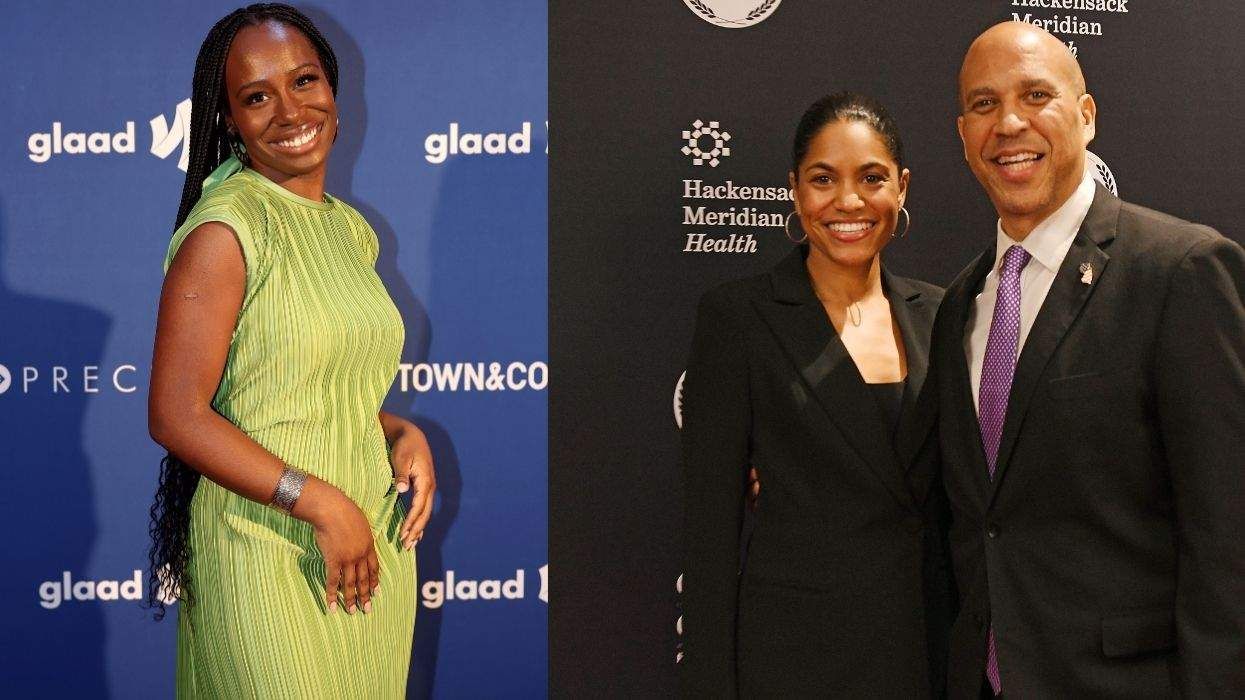








































Charlie Kirk DID say stoning gay people was the 'perfect law' — and these other heinous quotes